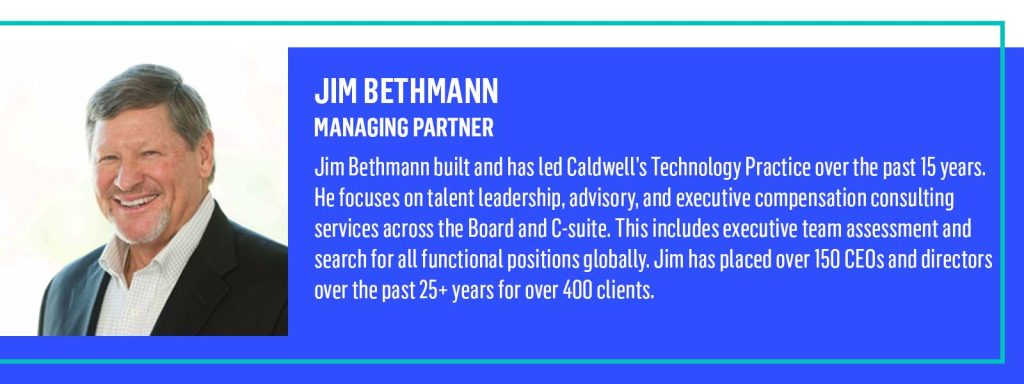The global semiconductor industry is hurtling toward unprecedented innovation and talent challenges. From AI-driven design to cutting-edge fab automation, chipmakers face a widening leadership gap that threatens supply chains, national security, and technological sovereignty. In our new whitepaper, “The Semiconductor Talent Crisis: How AI, national security, and global competition are reshaping leadership hiring in the semiconductor industry,” Caldwell’s Jim Bethmann unpack the forces at play and map out a strategic hiring blueprint for senior executives.
Industry Outlook: Growth Meets Scarcity
- Explosive Demand: With worldwide semiconductor revenue projected to exceed $600 billion by 2025, capacity expansions in the U.S., Europe, China, Taiwan, and South Korea are accelerating.
- Shrinking Talent Pools: Despite massive CHIPS Act funding (over $50 billion), the U.S. faces a projected shortage of 146,000 skilled technicians and a deficit of hundreds of senior leaders by 2029.
- Strategic Stakes: Securing executive talent isn’t just a recruiting challenge—it’s a competitive differentiator in AI leadership, fab modernization, and geopolitical partnerships.
Why Leadership Hiring Needs a New Playbook
Global Competition and Talent Migration
The semiconductor talent marketplace is becoming increasingly interconnected, with the Asia-Pacific region experiencing the fastest growth. With APAC’s workforce expansion outstripping U.S. training programs by two to one, chipmakers must know where the most aggressive talent incentives lie. Our analysis highlights key hubs where government subsidies and public-private partnerships drive executive relocation. Understanding how these incentives affect candidate decisions will help you craft offers and experiences that truly resonate in a global context.
Policy Levers and National Security
In today’s geopolitical landscape, hiring senior semiconductor leaders demands more than competitive salaries. The CHIPS Act and upcoming immigration reforms offer powerful advantages for organizations ready to engage. From specialized visa strategies tailored to executive-level talent to collaborative research partnerships with leading institutions, policy can become a strategic lever, attracting and retaining world-class leaders whose expertise is vital to national security and technological leadership.
Building from Within: Cultivating Tomorrow’s Leaders
While external searches remain critical, the most resilient organizations invest in internal succession planning as their long-term talent strategy. Establish rotational leadership programs that expose high-potentials to R&D, manufacturing, and supply-chain functions, creating well-rounded executives who understand every facet of your operation. Complement these rotations with mentorship frameworks that pair seasoned C-suite sponsors with rising directors, ensuring that tomorrow’s semiconductor leaders are identified and expertly guided from day one.
Key Takeaways at a Glance
- The AI Paradox: Understand how to blend predictive analytics with expert judgment to identify senior leaders whose values and leadership styles align with your organization.
- Global Talent Flows: Learn which semiconductor hubs are reshaping executive migration—and how to craft offers that win.
- Policy as Strategy: Discover how to leverage CHIPS Act incentives and targeted visa strategies to attract and retain C‑suite talent.
- Internal Leadership Engines: Explore best practice rotational programs and mentorship frameworks that build resilient, home-grown executive pipelines.
Gain exclusive insights and actionable frameworks to navigate the semiconductor leadership landscape. Ready to lead the talent charge?
About the Author
